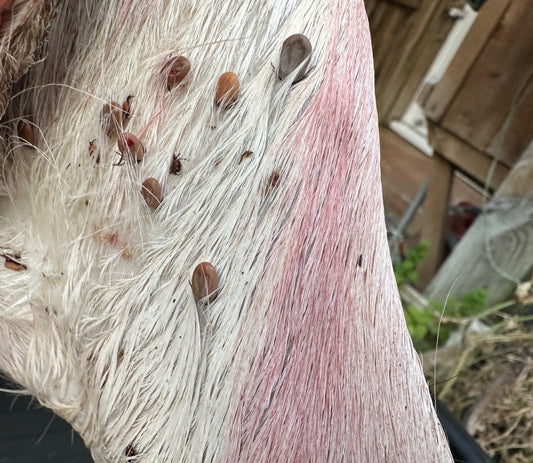Roe deer stalking is a practice that demands a high level of skill, knowledge, and ethical consideration. Whether in the dense cover of woodlands or the expansive visibility of open grounds, each setting presents unique challenges and requires a tailored approach to stalking. Understanding the differences between these environments is crucial for effective and humane deer management.

In the Woodland: A Close-Quarters Approach
Stalking roe deer in woodland areas is fundamentally about stealth and close observation. The dense vegetation and varied topography provide roe deer with numerous hiding places and escape routes, making stealthy movement and noise discipline paramount. The key here is patience; stalkers must move slowly, often waiting for long periods for the perfect opportunity to present itself. Woodland stalking often results in closer encounters with deer, necessitating a thorough knowledge of animal behaviour to predict movement and ensure a responsible shot.
The camouflage provided by the woodland environment requires stalkers to have a keen eye for detail. Identifying subtle signs of deer presence, such as fresh tracks or disturbed foliage, becomes essential. In these conditions, the stalker’s ability to blend into the environment and move without alerting the deer is tested to its fullest.

On Open Ground: Mastering Range and Visibility
Conversely, stalking roe deer in open ground environments is a test of range estimation and marksmanship. With fewer places for deer to hide, stalkers can often spot their quarry from greater distances. However, this advantage is balanced by the challenge of approaching the deer without cover. Wind direction, sun position, and even the contour of the land must be considered to close the distance undetected.
Open ground stalking requires a different set of skills, with a greater emphasis on long-range shooting. Stalkers must be proficient in judging distances accurately and adjusting their approach based on the deer’s awareness and behaviour. The open visibility means that deer are more likely to spot stalkers, requiring careful planning to use the terrain to your advantage, perhaps approaching from low points or using natural features as cover.
Adapting to the Environment
In both woodland and open ground, understanding the roe deer’s habits and habitat preferences is key. Seasonal changes also affect deer behaviour, with different strategies needed depending on the time of year. In woodlands, the dense spring and summer vegetation offers deer ample cover, while in open grounds, seasonal changes in crop growth or field use can alter deer movements significantly.
Conclusion
Successful roe deer stalking, whether in woodlands or open grounds, hinges on a deep understanding of the deer, their environment, and the ethical considerations of stalking. Each setting demands a unique set of skills and strategies, from close-quarters manoeuvring in the dense forest to strategic planning and long-range shooting in open landscapes. By adapting to these differences and approaching each scenario with respect and patience, stalkers can ensure humane and effective deer management.





